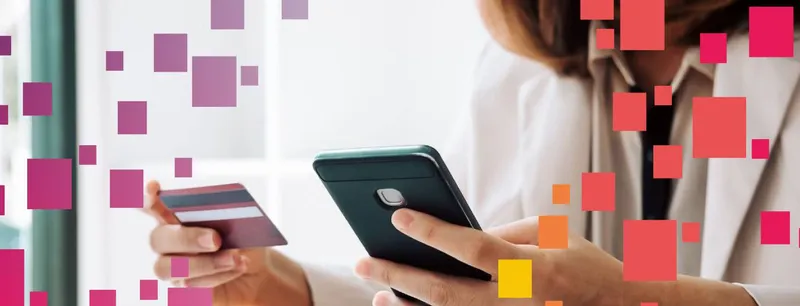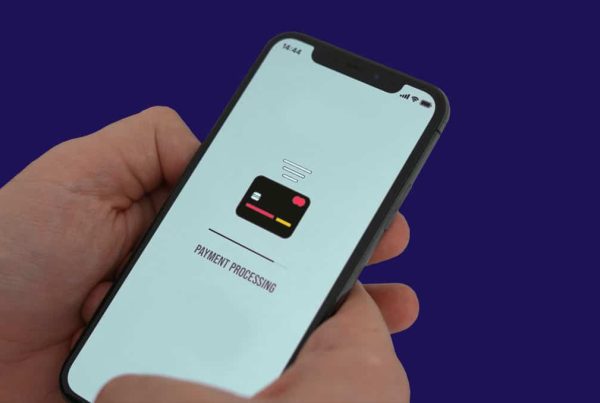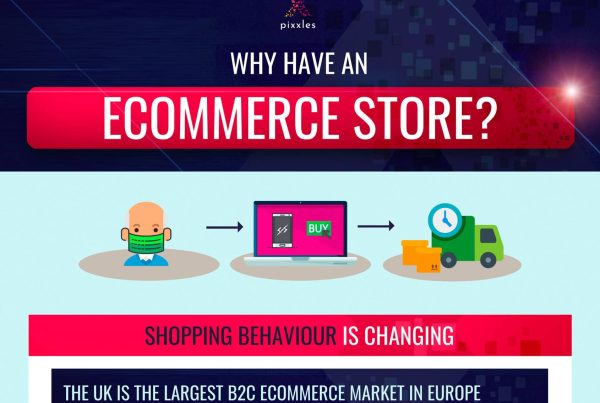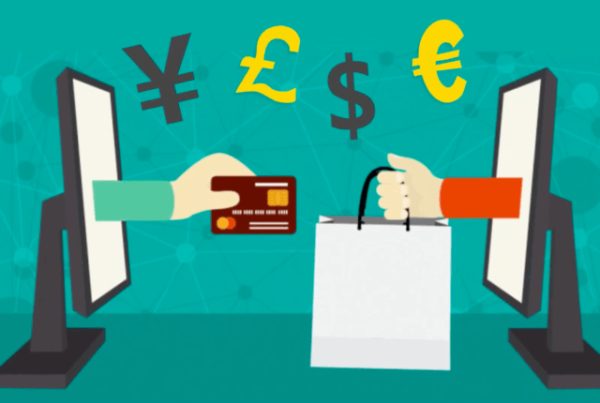In the distant past, offline payments were seen as being more secure than online payments. Entire generations dismissed ecommerce as being too risky, assuming perhaps that they were throwing their card details into a digital abyss where they could be seen by anyone with an internet connection.
These days, consumers are wiser and online payments are far more common as a result. Online payment processing solutions are backed by the best technology and supported by time-tested infrastructure. As a result, we may have reached a point where online payments are safer than offline payments.
With that said, let’s take a closer look at the following topics:
- Why online payments might be more secure than their offline counterparts.
- Why online payment solutions are so secure.
- The features and technologies that make ecommerce transactions safer.
- How ecommerce brands can safeguard their transactions.
- How customers can benefit from the security of online payments.
Online payment processing
Even in the age of e-commerce and advanced banking and payment solutions, there is still a misconception that offline payments are safer than online payments. But huge sums of money have been invested—and continue to be invested—in online payment safety and the result is that these payments are safer, more secure, and often more convenient.
Security breaches are at the heart of that misconception, with consumers believing that an online payment processor is somehow more exposed to cyber criminals. But every reputable ecommerce site is secured with advanced encryption technology while every transaction is protected by various levels of encryption and authorisation.
So, in the rare event that a site is hacked, payment details should still be safe as they are encrypted.
On the flip side, offline transactions are vulnerable to a number of security threats. These include “skimming,” which occurs when a device is installed in cash machines or card readers and used to gather details from unwitting consumers.
Offline retailers are also exposed to many of the same risks often attributed to ecommerce stores. In 2014, US retailer Home Depot had the payment details of over 56 million customers stolen. Hackers installed malware on self-checkout registers, and it was left to run and gather data for several months.
The issue is that offline stores often store user data on their systems and this information must be shared with a payment processor, creating a constant circulation of data. If older and less secure systems are used, and if the retailer doesn’t take the necessary steps to secure their systems and encrypt the data, it will be exposed.
One of the most frustrating things about these major offline breaches is that the user is very rarely at fault. They just made a purchase at a physical store and used their card to complete the purchase. There’s nothing they could have done to stop it except take their business elsewhere.
With online payment systems, the greatest risks are based on user error, such as passwords that are easy to guess or have been used on many other accounts, account/card/computer sharing, and using unsecured networks and devices.
What makes online payment processing so secure?
A number of technologies and processes are used to keep ecommerce sites and online transactions secure, including:
- SSL certificates: A digital passport that initiates secure sessions with the user’s browser. SSLs are required for all ecommerce websites and are becoming increasingly common on non-commerce sites.
- Firewalls: Prevent hackers from gaining unauthorised access to a network, thus helping to avert cyber-attacks.
- Payment tokenisation: User data is turned into a randomly generated series of letters and numbers and this data is then transmitted, ensuring it can’t be misused if it is somehow intercepted.
- 3D Secure: Stands for “3 domains”, with those domains including the card issuer, the merchant, and the infrastructure that supports the transaction. Variations of this software and used by most networks, including Visa and Mastercard.
The payment processor also plays a massive role in keeping online payments secure. A payment processor like Pixxles works by securely processing credit cards, debit cards, and other payments for the merchant. The consumer enters their details, and the information is then encrypted, processed, and sent for authorisation.
In a few short seconds, the payment platform can verify that the details are correct, the card is in the possession of its rightful owner, and the user has the funds needed to complete the payment. The money is then transferred from the consumer’s account to the merchant’s account.
The rise of ecommerce
More and more consumers are making the shift toward online purchases. The increased security is part of the reason, as many now realise that ecommerce is not just safe, but also safer than offline payment services. But it’s down to convenience.
Orders can be placed in seconds using cards that most adults have in their wallets, purses, or back pockets. Those orders are then processed in hours, shipped in a couple of days, and can be returned painlessly if need be.
2020 marked a major shift from land-based retailers to online alternatives, and while that change was forced upon consumers because of world events, it’s one that has remained.
Ecommerce is not just the future, it’s the present, and as technologies continue to improve, making online payment processing even more secure and online retail even more convenient, it’s a matter of time before it eclipses its land-based counterpart.
To take advantage of these security advancements and ensure your brand stays ahead of the curve, you should work with an online payment processing provider like Pixxles.
How can Pixxles help with online payment processing and safety?
At Pixxles, we provide a complete payment solution that covers both security & compliance and can be fully customised to suit your needs as a business. Our services are scalable, easily integrated, and widely accessible. They can be used by companies of all shapes and sizes to process payments in over 100 currencies.
For more information on our secure online payment processing services, check our page: Why Pixxles?
Online and offline payment security FAQs
How do I make my website secure for online payments?
The first step is to get an SSL certificate. It will give your users some peace of mind while also ticking a very important box in the ecommerce process. From there, you should work with an online payment processing solution like Pixxles. We provide the services and infrastructure you need to securely accept payments and can tailor these services to your specific needs.
How do I know if an online payment is secure?
Is the website secured with an SSL? Does it use a trusted online payment processing service? Does it employ additional security measures like 3D Secure? If yes, then the online payment is secure. If no, it may not be.
How common are online payments in the UK?
They are very common here. In fact, online shopping is more popular in the UK than in any other country, with more than 8 out of 10 residents buying at least 1 product online during any given year. Consumer e-commerce also accounts for 30% of the total retail market in the country. That adds up to a lot of online payments.








